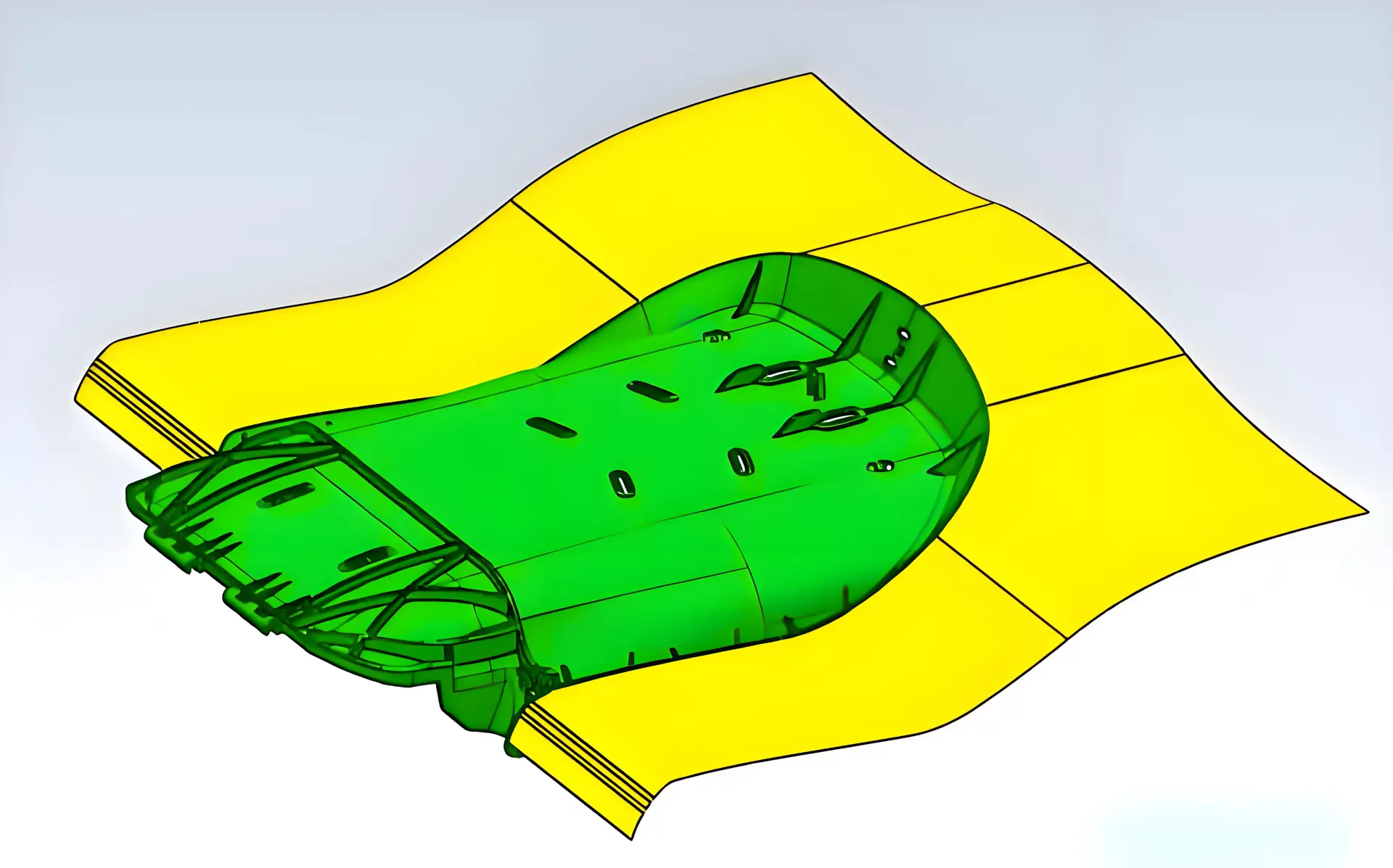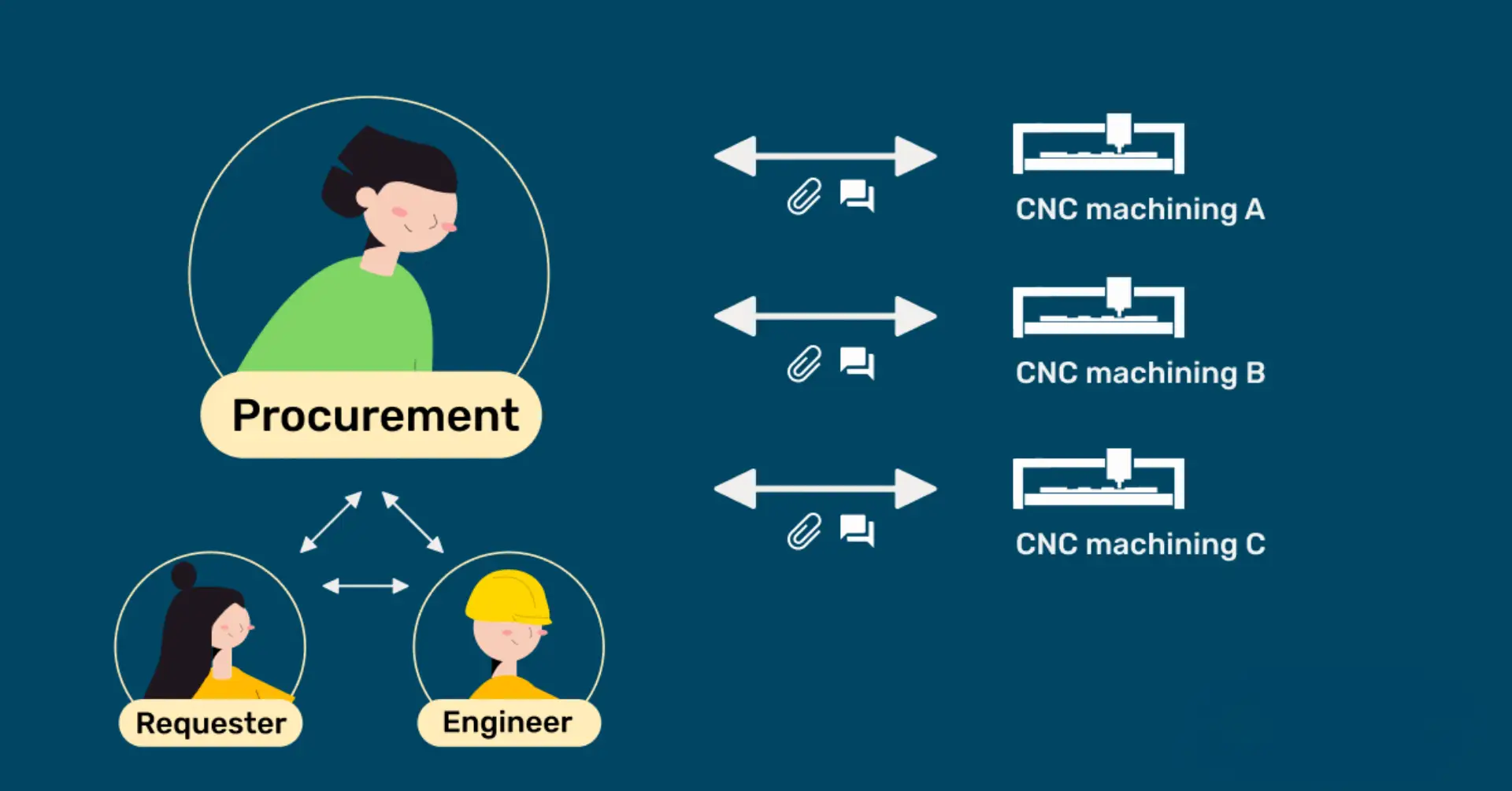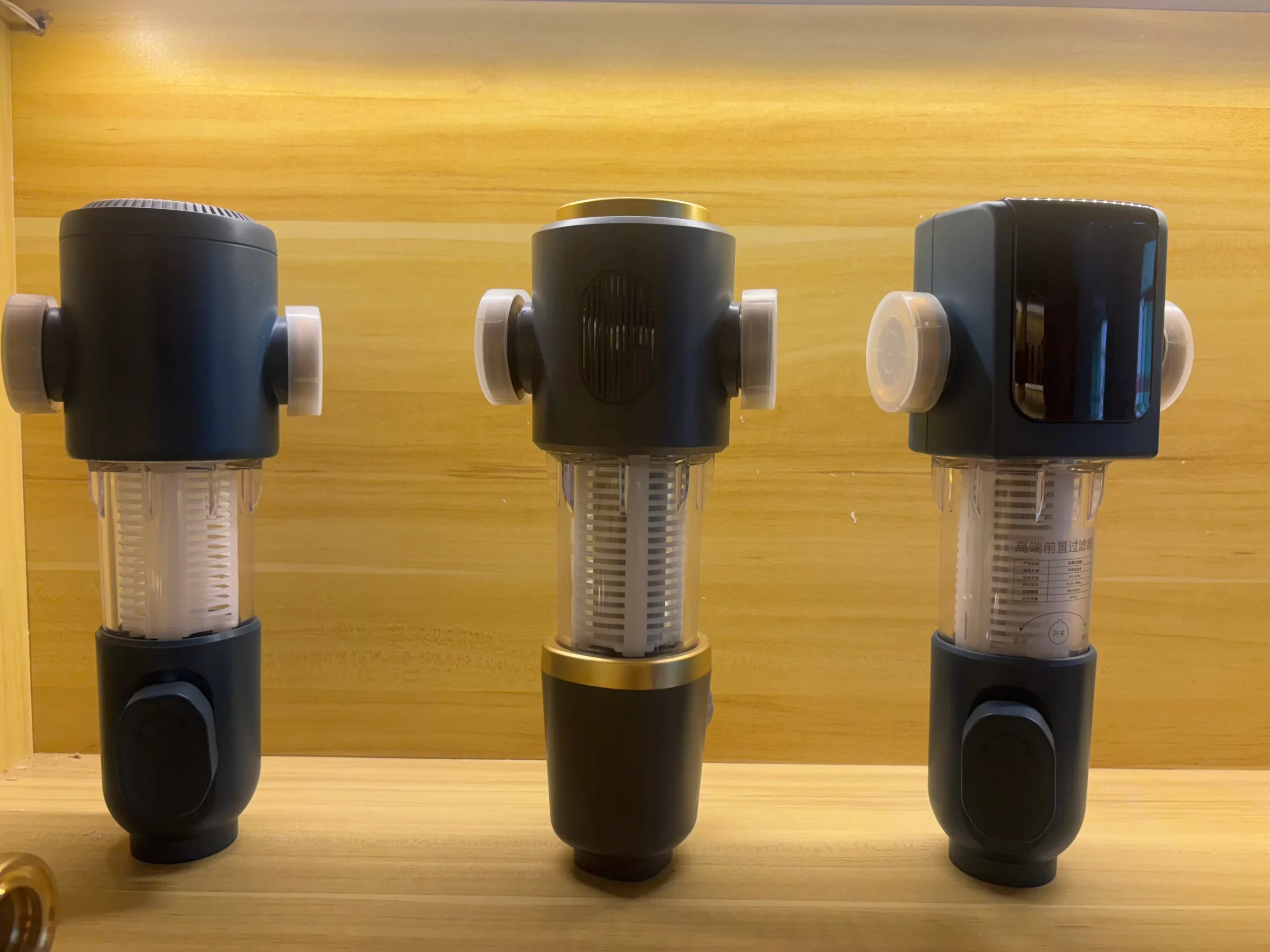Generating new product ideas sometimes seem like attempting to catch lightning in a bottle. Occasionally, it occurs accidentally. At other instances, it requires weeks of study and contemplation. But in the quick-paced society of today, waiting around won’t suffice. To remain relevant and competitive, firms require new ideas. Knowing how to create robust, useful product ideas is crucial whether you are enhancing an already existing design or starting from new. This article will teach you straightforward, obvious, practical actions that enable companies regularly generate ideas that really operate in the market and result in enduring success.
Understand Real Problems Before Brainstorming Ideas
Dreaming big is not the first step in creating new product ideas; rather, it is thinking little. More particularly, it’s examining the issues individuals encounter daily. Observe how individuals use, live, and interact with their present tools or technology. Your spark is when anything confuses, annoys, or slows them down. It can be a gadget that uses batteries too quickly or a lid that’s difficult to open.
Here, not the size of the issue but rather its frequency of occurrence is what counts. Nearly 85% of successful product launches, according to studies, begin with addressing a very particular, real-world need. It’s not about assuming what people desire. It’s about seeing what they battle with and then intervening with a better approach.
Research Existing Solutions—Then Question Them
You should first look at what already is before investing time and money into product development. Examine present market solutions and consider if they are adequately addressing the issue or only halfway. Often, current goods fall short in one way or another. This disparity offers the ideal chance for invention.
Utilize even rival case studies, user forums, review areas, and online tools. Try to find out what consumers like and dislike about what is already available. Not only for idea generation but also for future structuring of concept design services, this sort of study is essential. Your aim is not to duplicate. It’s to wonder, “What if this was done better and differently?”
Think Visually—Sketch Out Your Thoughts
Once you identify an issue and evaluate the rivals, it’s time to put your thoughts down on paper rather than keeping them in your brain. This is not about producing flawless art. It’s about drawing rough drafts that demonstrate how your fresh product concepts could function. Imagine it as narrating a narrative with pictures.
These early visual notes will guide future discussions with a product development consulting firm. It also facilitates communication with teams engaged in mechanical or industrial design. Even basic drawings might inspire significant changes later in the design phase.
Drawing pushes you to consider specifics you might have overlooked. You will soon see whether something is too hefty, unclear, or simply impossible.
Get Feedback Early—Even if It’s Uncomfortable
Working on fresh product concepts makes it easy to want to keep things under wraps until they are “perfect.” Perfection, however, is a trap. Showing your early ideas to those who could genuinely use them helps far more. This covers friends who will be brutally honest, designers, possible consumers, and others.
Inquire openly. Don’t attempt to “sell” your concept. Simply present it and pay attention. You might discover that your answer addresses a problem no one really cares about—or that you missed a major concern. The sooner you receive this input, the simpler and less expensive it is to alter direction.
It’s also the most effective approach to mold your product to meet what actual consumers desire. Including product development consultancy professionals at this point helps you to hone the design with more clarity.
Use Concept Design Services to Shape the Vision
Your concept might still be raw at this stage, but it is ready for expert hands. Concept design services come into play here. These services convert thorough product images and blueprints from your early ideas and consumer input. They consider technological needs, usability, and ergonomics so the product not only looks excellent but also works well.
They also ensure the concept can really be constructed. For businesses located in China, particularly those in Shenzhen, this phase is sometimes hastened because of the availability of quick design tools and factories. Concept designers can offer 3D models, visual mock-ups, and simulations that enable everyone to see what the final product could really look like.
Move from Ideas to Reality with Product Prototyping
Prototypes are the first actual version of your product. They are digital or tangible samples that bring your concept to life. You may now examine how it functions, test it, and hold it. Product prototyping is vital since it exposes defects only visible in the actual world. Perhaps the cloth seems poor or the button is too tiny.
A good prototype builds trust; it tests function not only. It provides your team something to test, modify, and finally enhance. Industry data indicates around 70% of design modifications take place during the prototyping stage. That is not a failure. That is advancement.
Design and prototyping firms may manage this process easily, usually avoiding delays by employing their in-house tools. A prototype is your opportunity to confirm the product functions as anticipated before going on to the final version.
Plan for Manufacturing with PCBA Design in Mind
PCBA design is quite important for any electronic product. This stage consists of laying down the printed circuit board (PCB) powering the electronic features of the product. Good PCBA design guarantees that the product is not only functional but also dependable and affordable to manufacture at scale.
Here, working with a product design firm that knows both electronics and manufacturing can help you save a great deal of time and money. In Shenzhen, this knowledge is frequently coupled with regional supply chain links that accelerate development. A well designed PCBA helps your product to avoid expensive delays, overheating problems, or failed quality checks down the road.
A well-considered design makes it easy to mass-produce your concept with less mistakes.
Test in Real Conditions and Adapt Quickly
Test the product in real situations once you have a functioning prototype and electronics set. Use a cooking utensil in a kitchen. If it’s a tech device, monitor how it ages. Real-world testing is also about human behaviour, not only about durability.
Observe how individuals organically engage with the item. Are they using it as you anticipated? Do they overlook elements you considered important? These ideas are really helpful. They steer little adjustments that could significantly affect how effectively your product is accepted.
Make it a point to iterate—meaning enhance and modify the product repeatedly until it seems correct. This approach keeps your product user-friendly and adaptable.
Finalize and Launch with Market Timing in Mind
When testing is finished and the last design is authorized, it is time to be ready for launch. Take your time with this. A good product calls for a clever launch strategy. Think about your launch platform, optimal pricing point, and target audience. Watch seasonal trends and rivals as well.
Often, the ideal timing relies on when individuals most require or see your product. Launching a travel device just before the holidays, for instance, can increase sales.
A product launch is not the end; rather, it is the start of seeing how your new product concepts operate in the actual world. Based on consumer input, be prepared to change, enhance, and even introduce revised editions.
Conclusion
Successful new product ideas are about process, not chance. Anyone may discover how to identify genuine issues, create clever solutions, and convert ideas into practical things that function by following these guidelines. The path always begins with a clear idea and finishes with something practical, concrete, and market-ready whether you are a lone inventor or part of a bigger team. Including experts for concept design services, product development consulting, product prototyping, and PCBA design can help to simplify the process and prevent expensive errors. Your next great idea might be the one that alters everything with the correct attitude.







